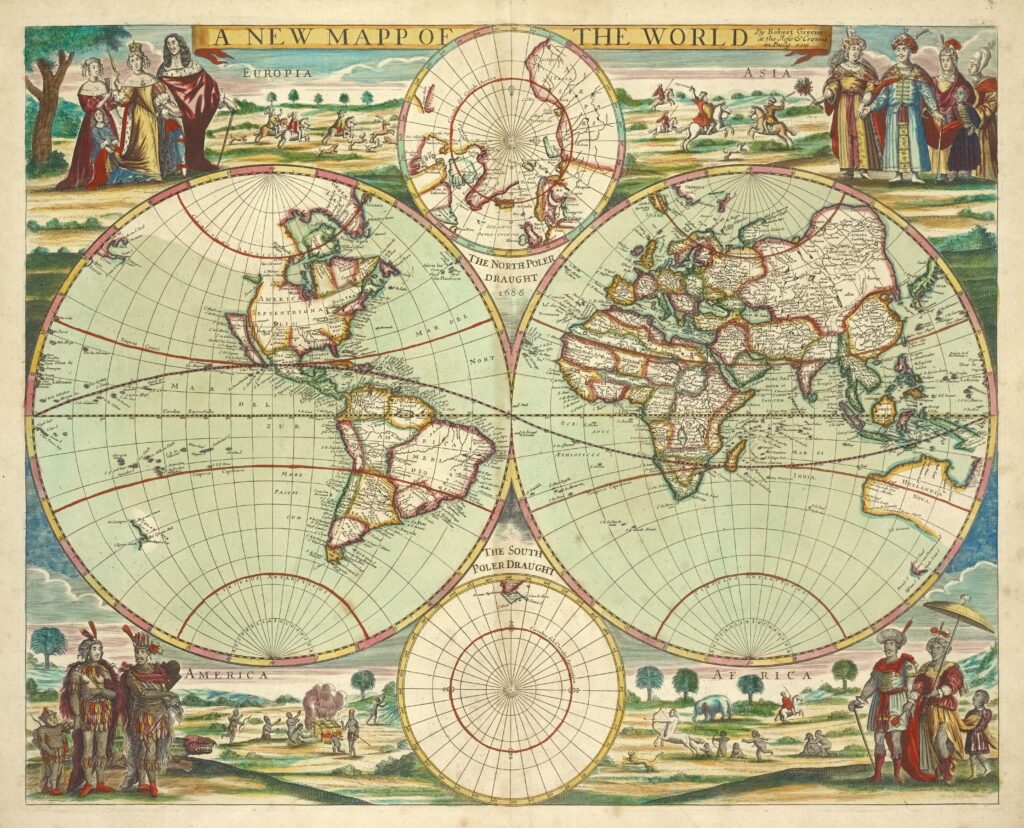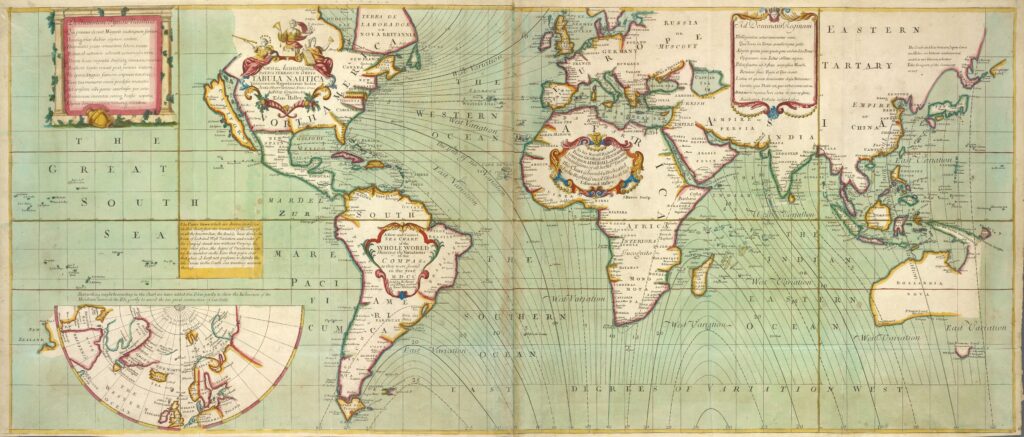Samuel Thornton (c.1665–1715) was a prominent English cartographer and hydrographer, renowned for his detailed nautical charts and maps during the late 17th and early 18th centuries. Born around 1665 to John Thornton, a distinguished hydrographer and map publisher, Samuel inherited his father’s passion for cartography.
Following his father’s death in 1708, Samuel continued the family business, producing a variety of printed charts, maps, and atlases. He is particularly noted for his contributions to the English East India Company, creating precise maps of Asian coastlines that were essential for navigation and trade during the era.
One of his significant works includes “The English Pilot,” a series of sea atlases that served as comprehensive navigational guides for English mariners. Samuel expanded upon this series after his father’s death, ensuring that the charts reflected the latest geographical knowledge.
Thornton’s maps were characterized by their accuracy and artistic detail, making them invaluable tools for explorers, merchants, and naval officers of his time. His work not only facilitated safer navigation but also contributed to the broader understanding of global geography during the Age of Exploration.


